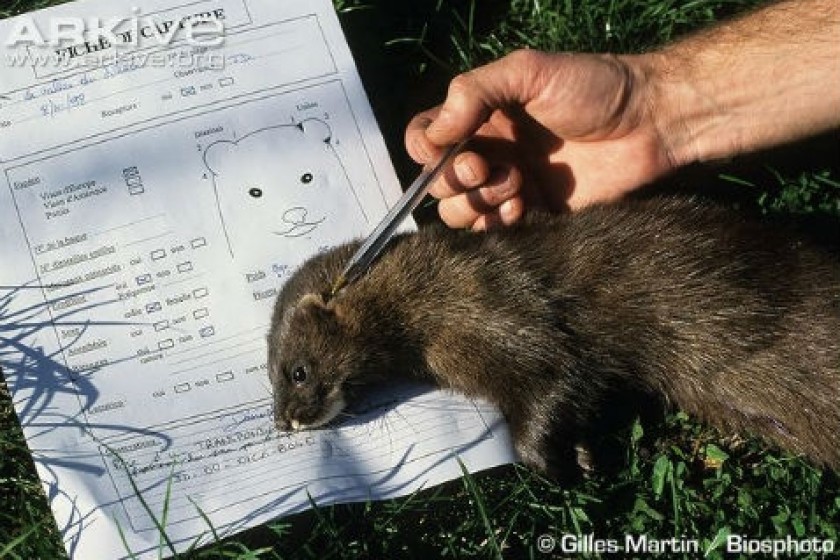
A Recipe for (Economic) Success? One Company Hopes to Bring Back Mink Breeding to Armenia
During the Soviet years, Armenia used to breed foxes and minks. As the demand for mink fur in particular has grown in recent years, one company has decided to restore this industry in Armenia, helping to foster the local economy and create dozens of jobs.
In recent years, the demand for mink fur (mainly from China) has grown drastically in the global market. The global market for fur is currently estimated at $15 billion annually, and most of this falls on the mink, an animal that is bred mainly in Scandinavian countries and Ukraine, with Denmark being the leading country. However, the main consumers of the sought-after fur are Italy and France, where the largest manufacturers of fur are concentrated. The current annual growth of this industry is 20–30%. Mink fur is so precious and in demand that it's also called "soft gold". It's enough to say that the price of 1 mink fur in the international market is about 70 EUR, and 4–10 pelts are needed to sew one mink fur coat.
Armenia has favorable climate conditions to breed mink — in mountain and foothill areas. During the Soviet years, Armenia had huge fox and mink farms, the largest of which was in the village of Lermontovo near Vanadzor, where nearly 15,000 foxes and minks were bred. These farms shut down in the 90s as a result of loss of market. There were huge farms also in Gegharkunik Province. Fur production is profitable for Armenia, if only because it doesn't create any great dependence on problems of transportation to foreign markets.
Established recently in Armenia was the Mink Breeding Company (founder: Davit Khachatryan), which wants to restore mink breeding farms, near Lermontovo. The company presented to the Ministry of Environmental Protection of the Republic of Armenia a program to breed minks, according to which a population of about 5,000 mothers will be bred annually, and after 2 years, the total number of minks will reach 27,000. Planned is the breeding of Dutch minks, though American minks (with their shorter fur) are considered more valuable. The quality of the fur is very important; it's enough to say that in Ukraine there was a reduction in fur production last year because of fur quality. Apart from the fur, also used are the dung and tallow of minks.
In 2013–2014, the Armenian company intends to make an investment of 2.4 million EUR. In future years, this investment will double and several dozen jobs will be created. If this attempt succeeds, then similar farms in other mountain areas can be expected.
 Videos
Videos Photos
Photos




Write a comment